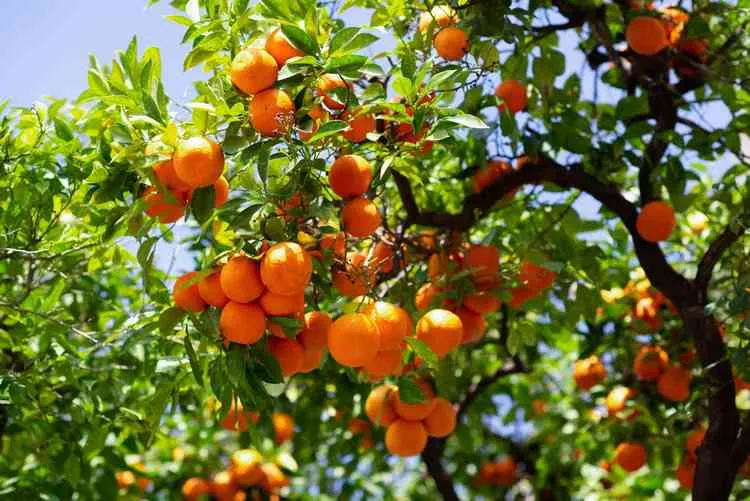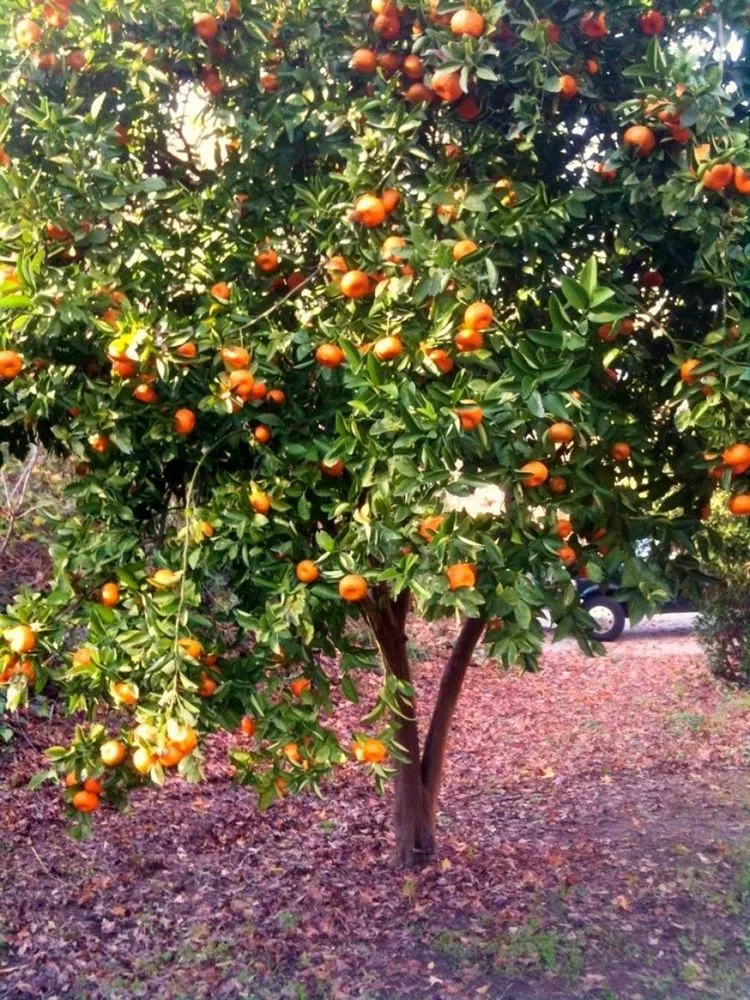Do you know how to grow satsuma orange tree in your garden? This is one of the most popular varieties of citrus fruits worldwide and it is very likely that you love the juicy fruits without even realizing that they are Satsuma oranges. The fruit is also known as Satsuma tangerine, Unshiu and many people confuse it with mandarins because they are very similar. Read on to find out all you need to know about Satsuma tree and its fruits.
What Are the Main Characteristics of Satsuma Orange Tree?
Satsuma orange (Citrus unshiu) also known as satsuma mandarin, unshu mikan or simply mikan is a small tree, originally from China, but the name comes from the Japanese province where it was cultivated centuries ago. The name means “sweet citrus fruit” in Japanese. The plant belongs to the genus Citrus, i.e. to the genus of citrus fruits, such as oranges, mandarins, grapefruit and many, many others. This is an evergreen tree and does not have thorns, the leaves are dark green, leathery, dense, with a distinct central vein. This is a low-growing tree that reaches a maximum height of 10–15 ft. tall and spreads 5–10 ft. wide. Satsuma trees can be grown in containers as well. It is a slow growing variety and when grown in a container they reaches a maximum height of about 6 feet. The white blooms appear in spring, usually in March and April.
Satsuma orange tree is undemanding, resistant to dry air and lack of lighting. It is these qualities that have made it popular among citrus growers. In addition, it is a hardy fruit tree which withstands low temperatures and can be grown in cool areas.
What Is the Difference Between Satsuma Oranges and Mandarins?
As we mentioned, many people cannot make a difference between tangerines, clementines and satsumas because they are very much alike. The main difference is that Satsuma oranges are seedless. The fruits are a little bit larger and flatter. The skin is thinner and very easy to peel. The taste is less acidic and sweeter than the taste of the other varieties.
How to Grow Satsuma Orange Tree from Seeds?
Many hobby gardeners ask “Can I grow satsuma orange tree from seeds?”. The answer is – YES! Here is a guide how to do that.
- Collect, wash and dry the Satsuma seeds with a paper towel.
- Fill small pots with potting mix for citrus plants or soil and moisten it.
- Place the seeds into the soil, cover with some soil and water it.
- Place the pots on a well-lit spot. Make sure that the plant itself is not exposed to direct sunlight.
- Water when the soil is barely moist just beneath the surface.
- Germination takes from 30-60 days. When the seedlings are about 15 centimeters/6 inches in height, they can be transplanted into a larger pot.
- Grow your Satsuma tree on a warm and sunny spot. Make sure there is a good drainage as the Satsuma orange does not like waterlogging.
- You can repot the tree in mid-Spring (April) every 2-3 years.
- In about four years, the first crop of Satsuma oranges may appear.
How to Grow Satsuma Orange Tree in the Garden?
If you prefer growing Satsuma orange tree the garden, here’s a guide to follow so that you can enjoy a plentiful harvest.
- The best time to plant a Satsuma tree is Spring when the temperatures rise and there is no danger of frosts.
- Plant your Satsuma orange tree in a well-drained spot. Make sure the tree is protected by wind and gets 8 to 10 hours of sunlight.
- Dig a hole large enough to hold the root ball.
- Remove the tree from its container, place it in the hole and fill it halfway. Water to settle the soil around the roots, then finish filling the hole, completely covering the root ball.
- Water every two to three days during the first two weeks, then gradually increase the time between watering to 7 to 10 days.
- Do not fertilize until the tree sprouts new growth, then apply 1/4 cup nitrogen containing citrus fertilizer every three months during the first year. In future years, use 1 cup of fertilizer per year as trees age, divided into three to four applications per year.
- Prune the Satsuma orange tree in spring to prevent branches from touching the ground.
How Long Does It Take for a Satsuma Tree to Bear Fruit?
Satsuma trees are self-pollinating. When planted in the garden they will bear fruit within 2 to 3 years after planting. However, when grown from seed, it may take 7 to 8 years before you harvest fruits.
Satsuma Tree Care – Diseases and Pests
Satsuma trees are more resistant to insects yet you may notice mites, mealybugs, aphids, etc. One of the most common diseases is the sour orange scab which is a fungal disease. Fight it with a fungicide spray.






